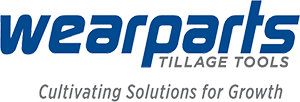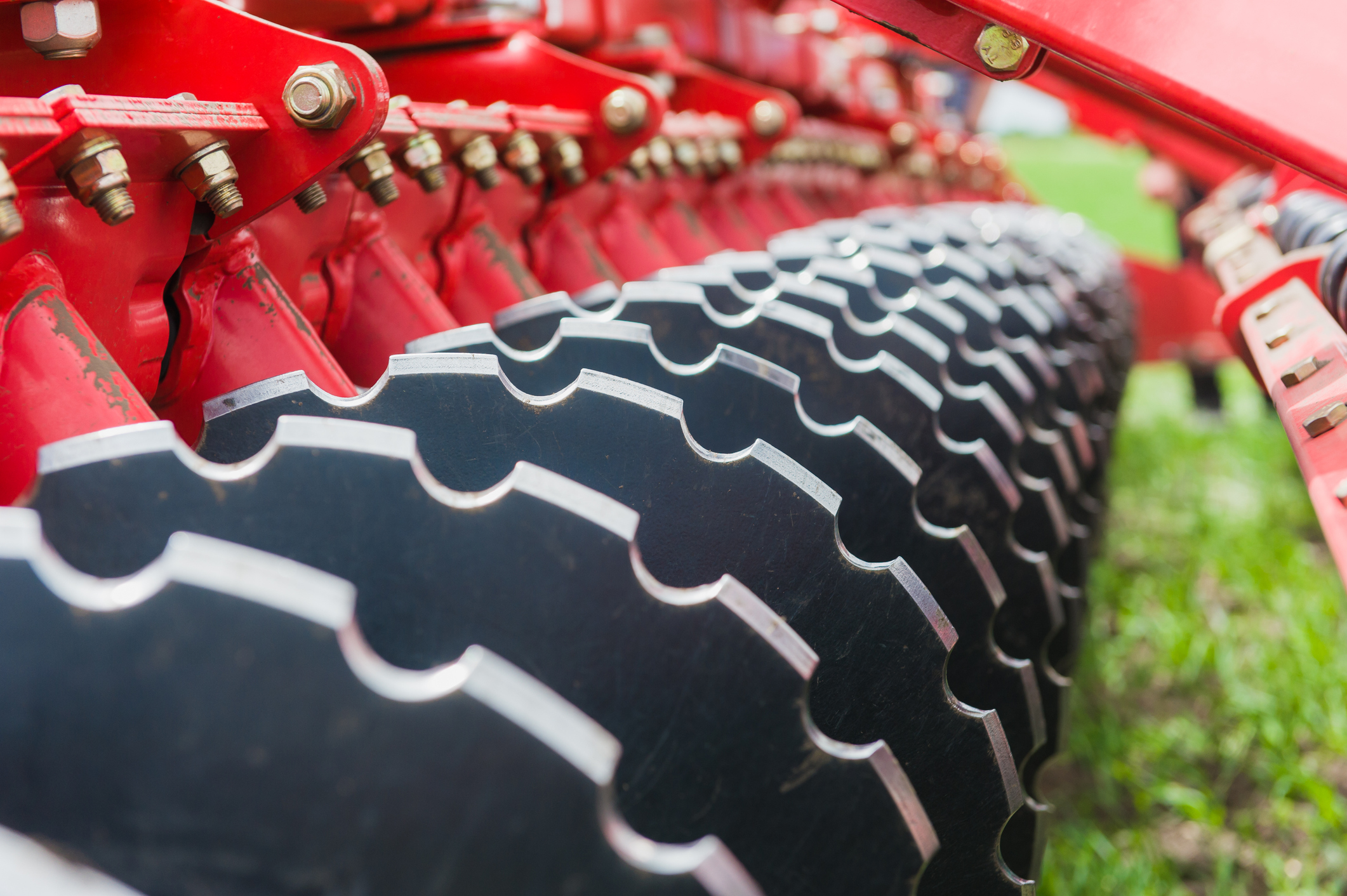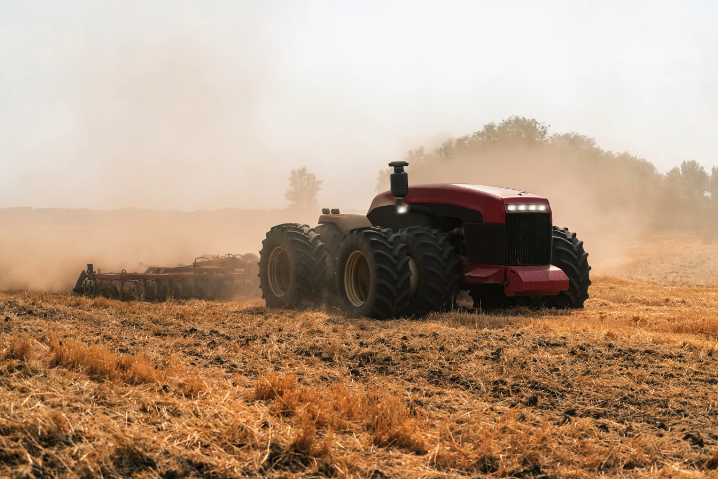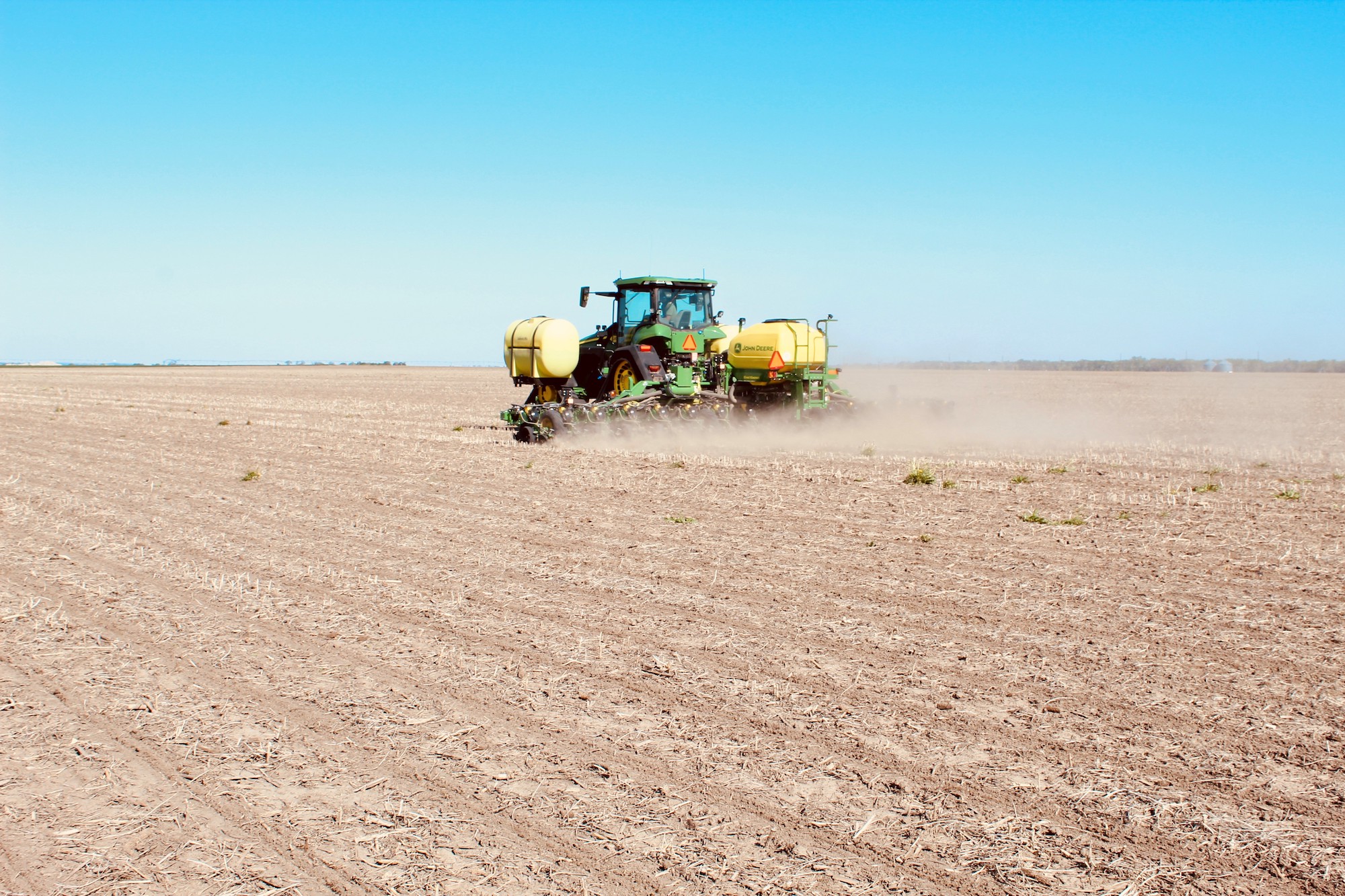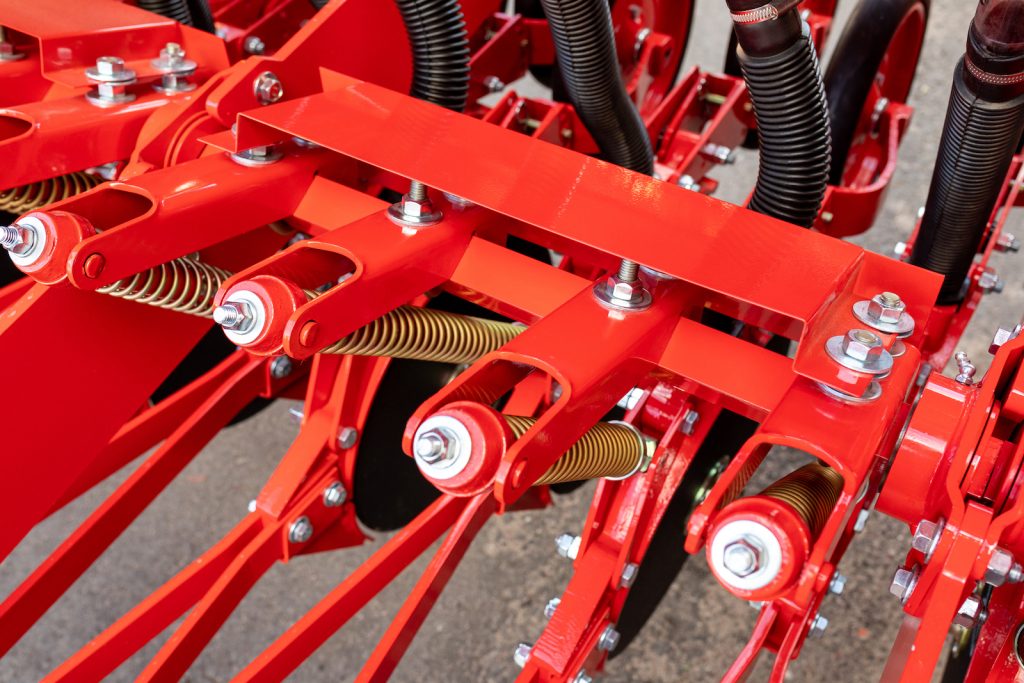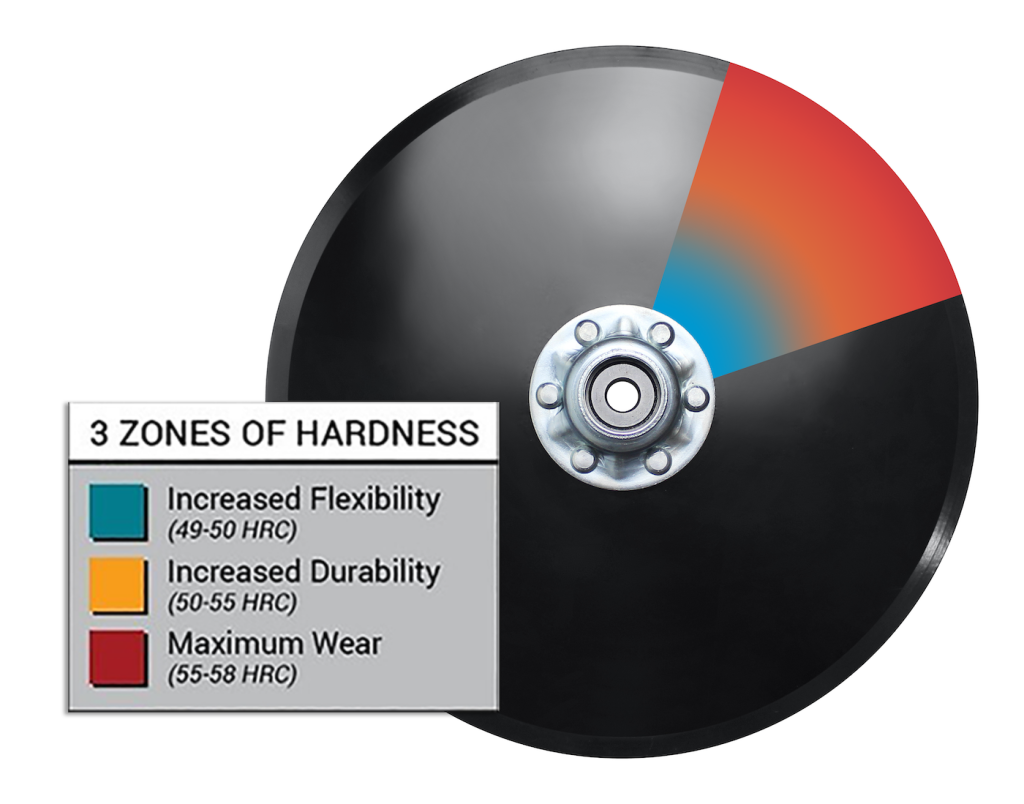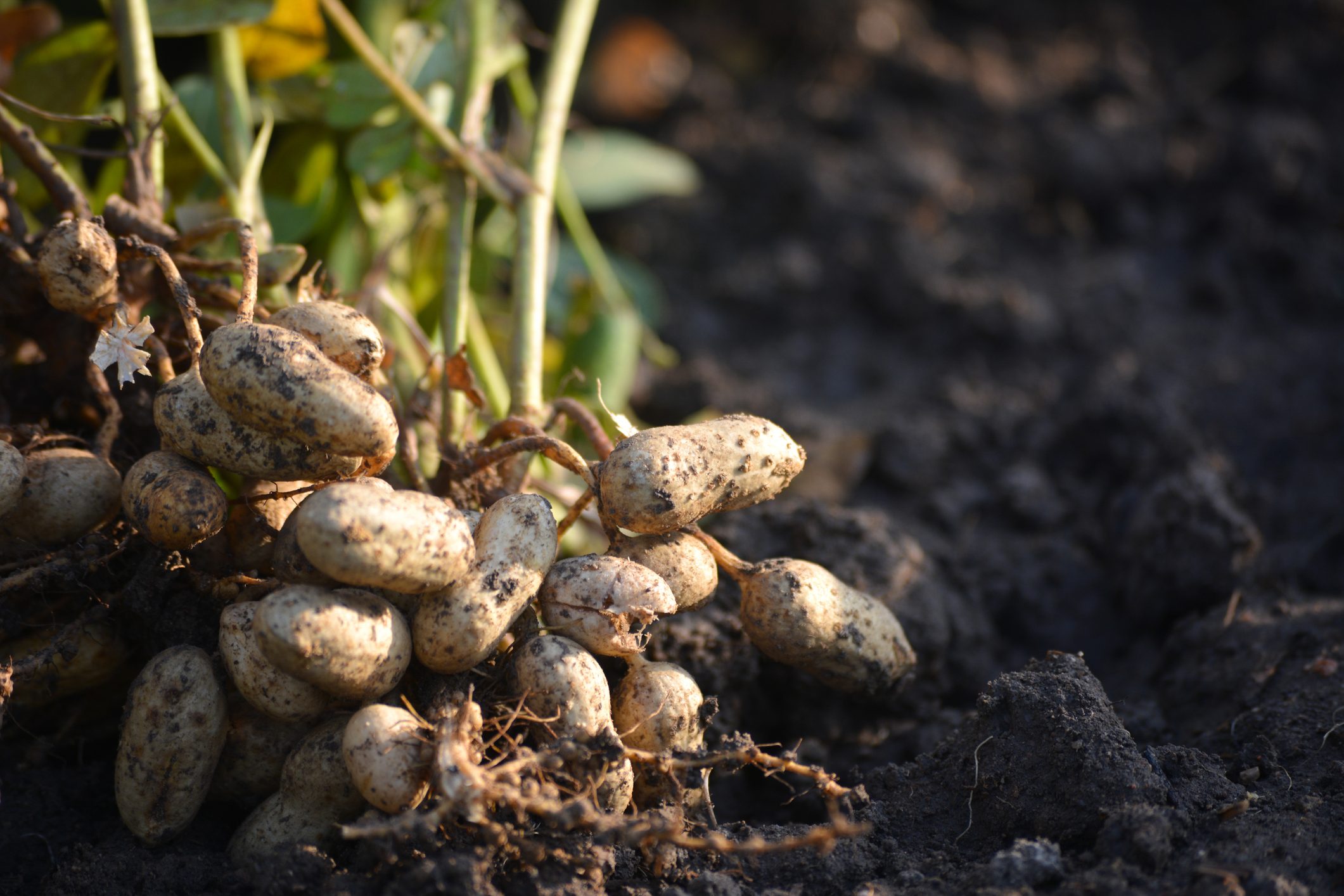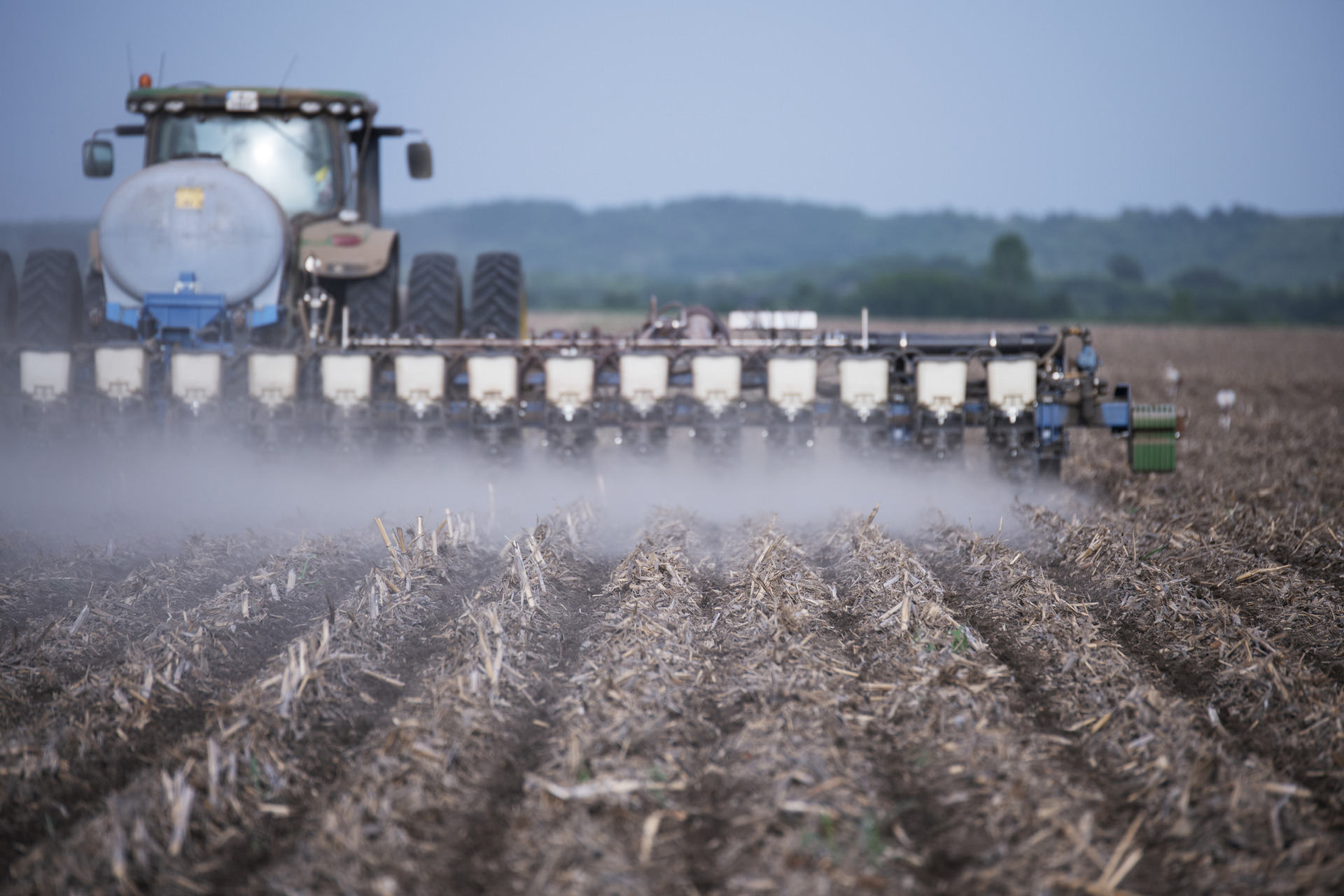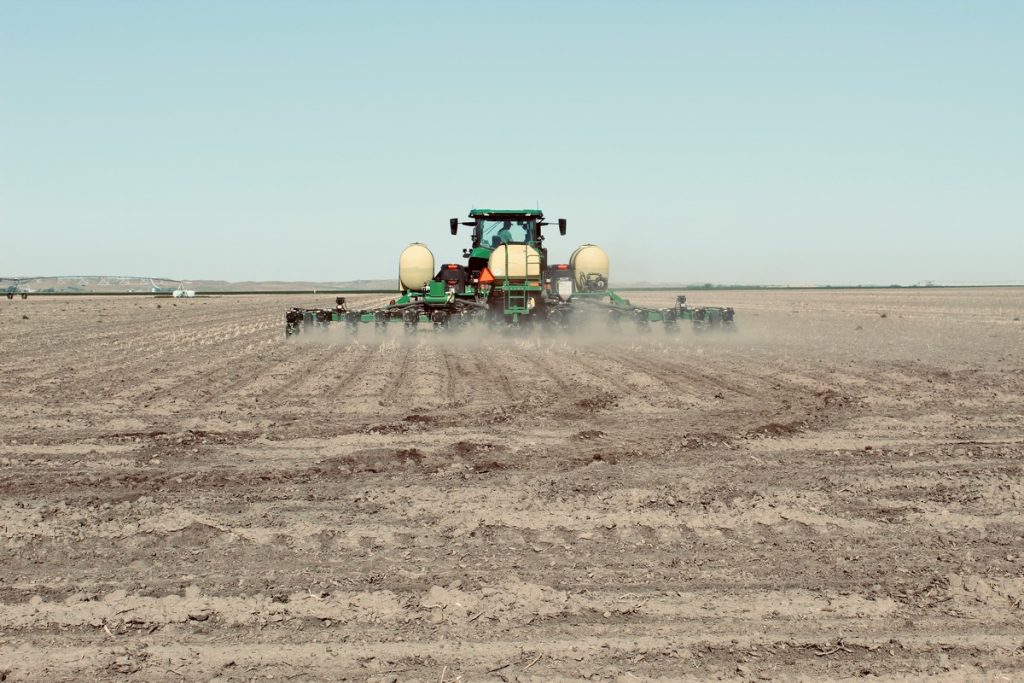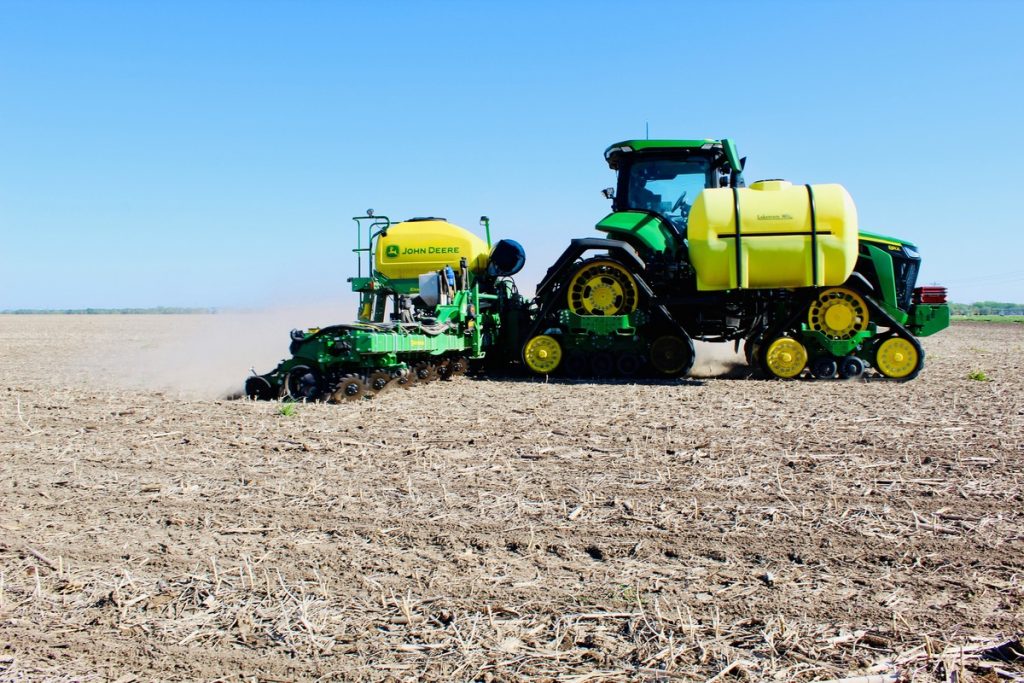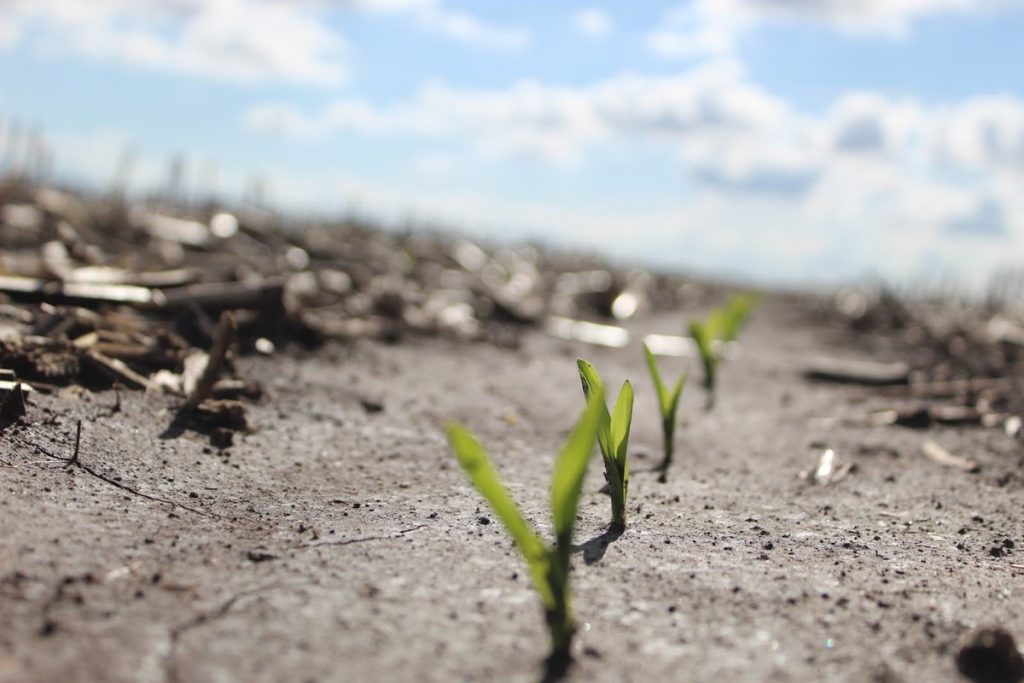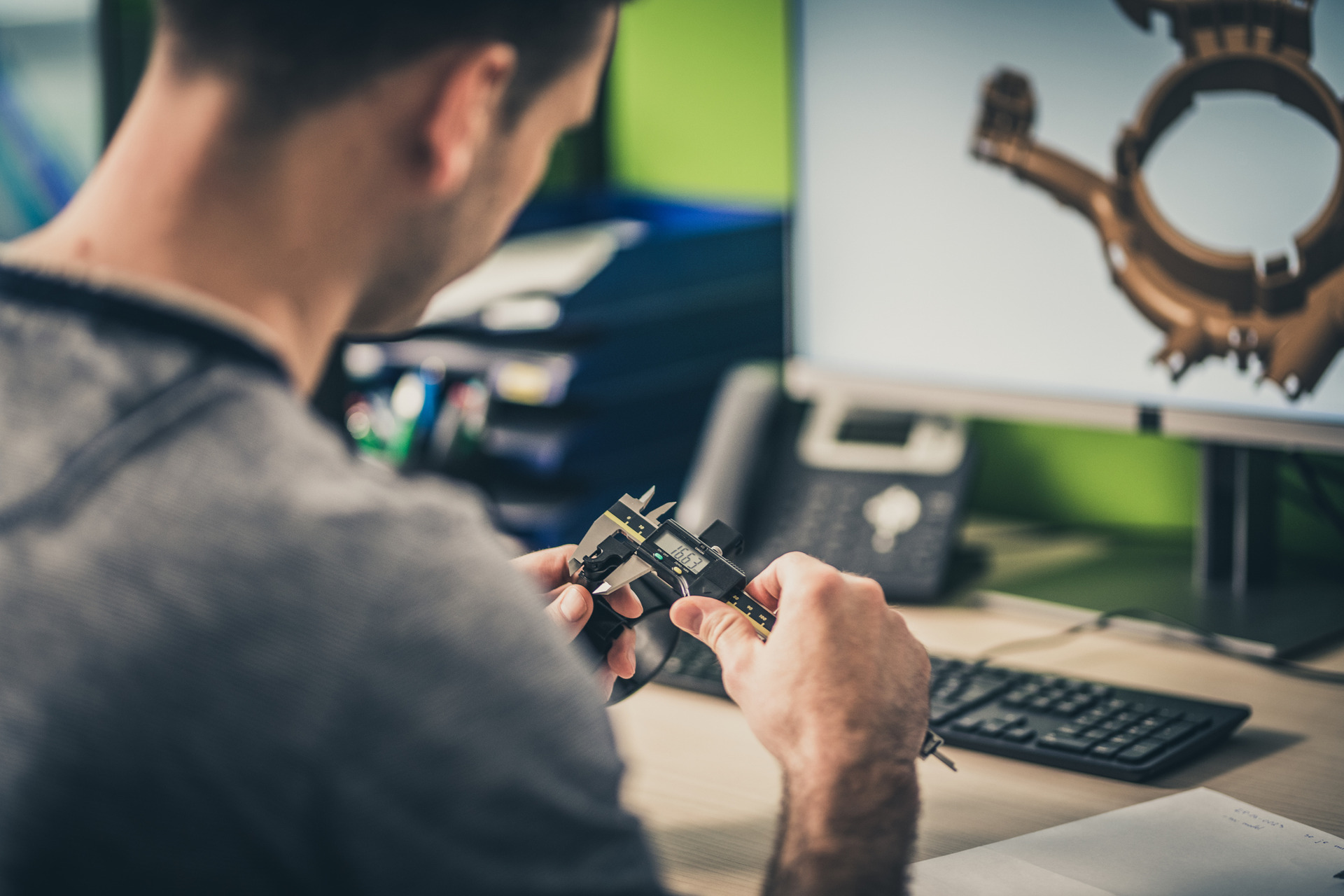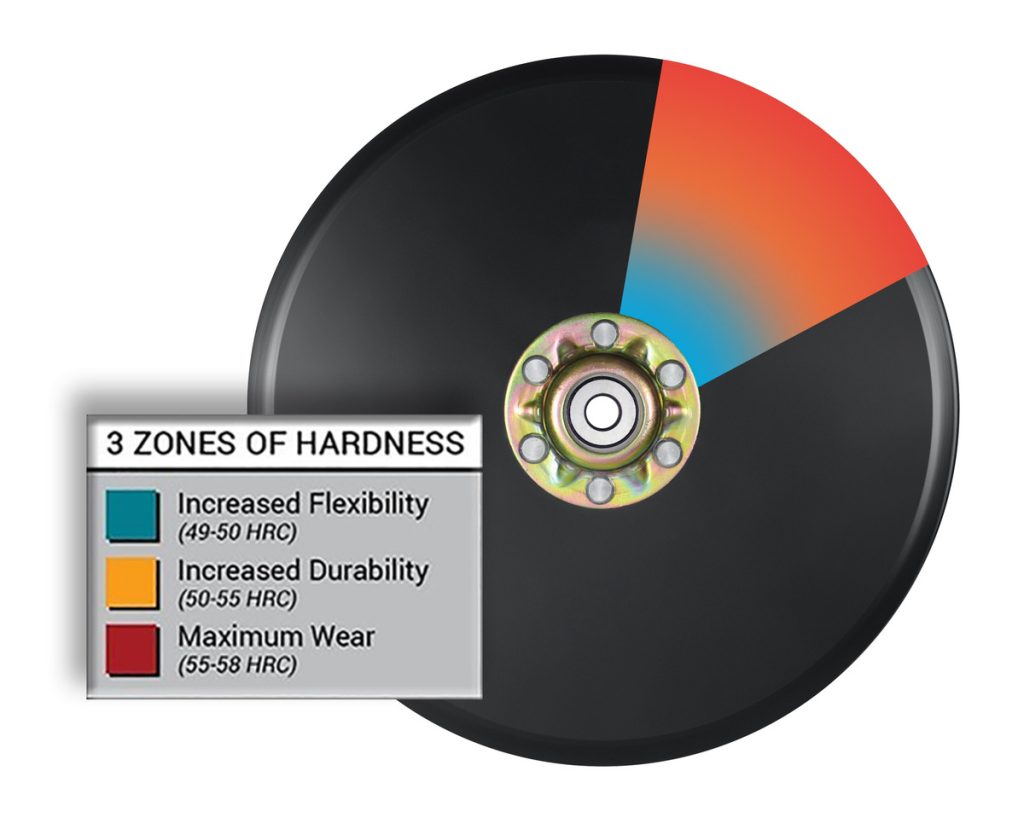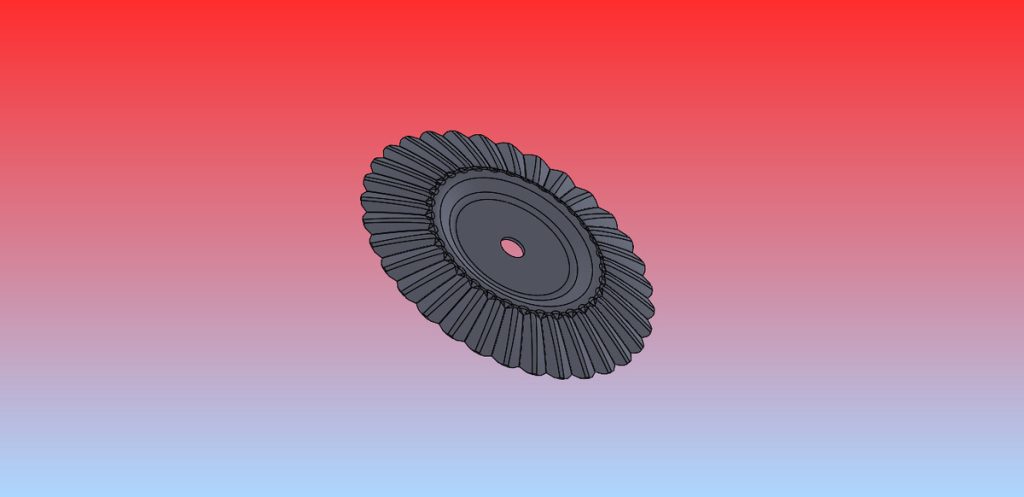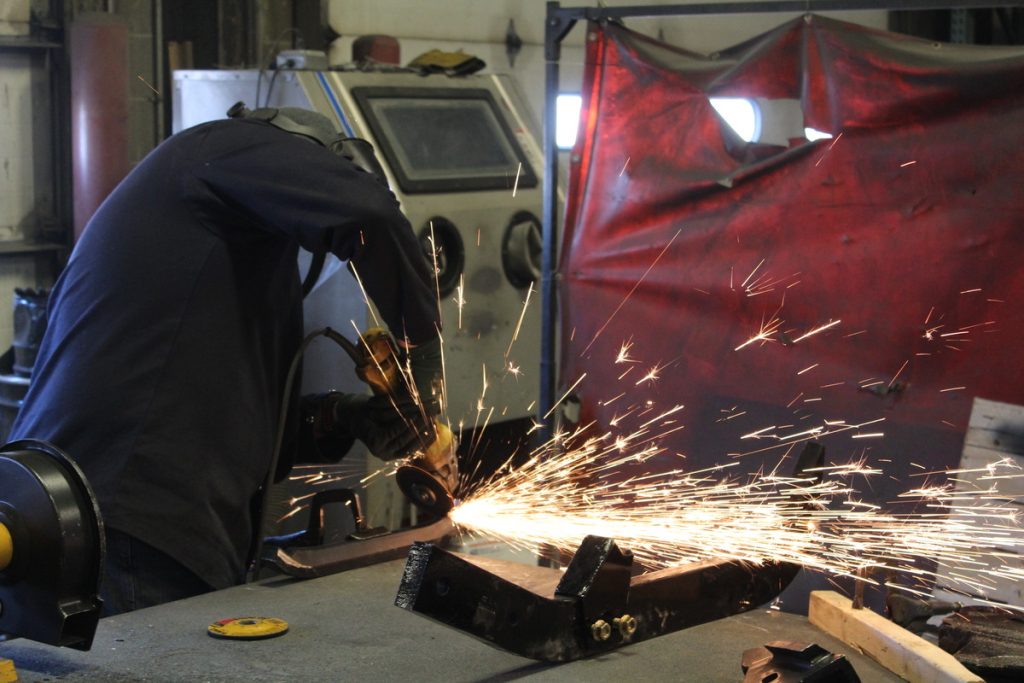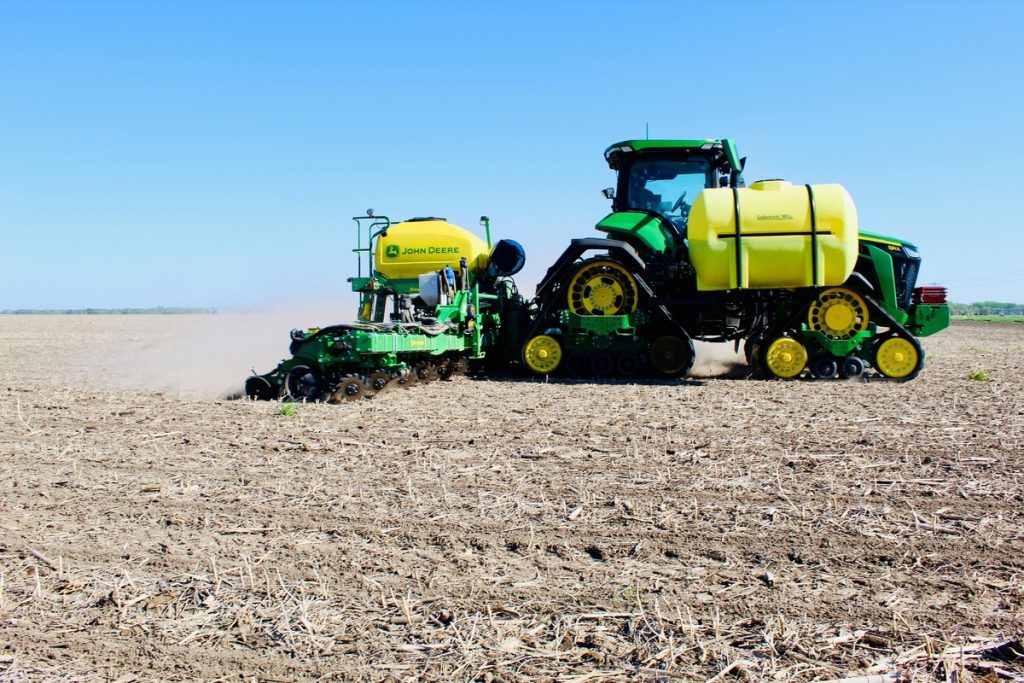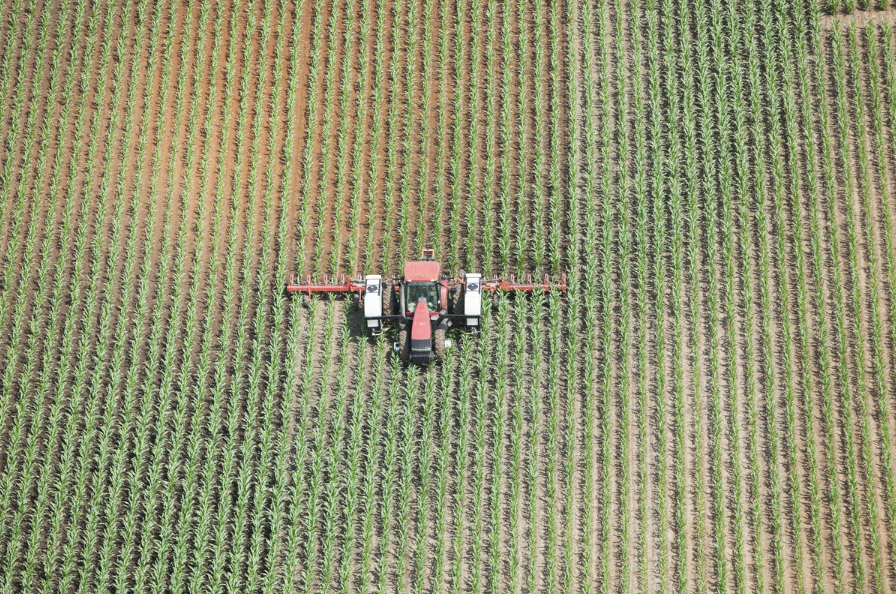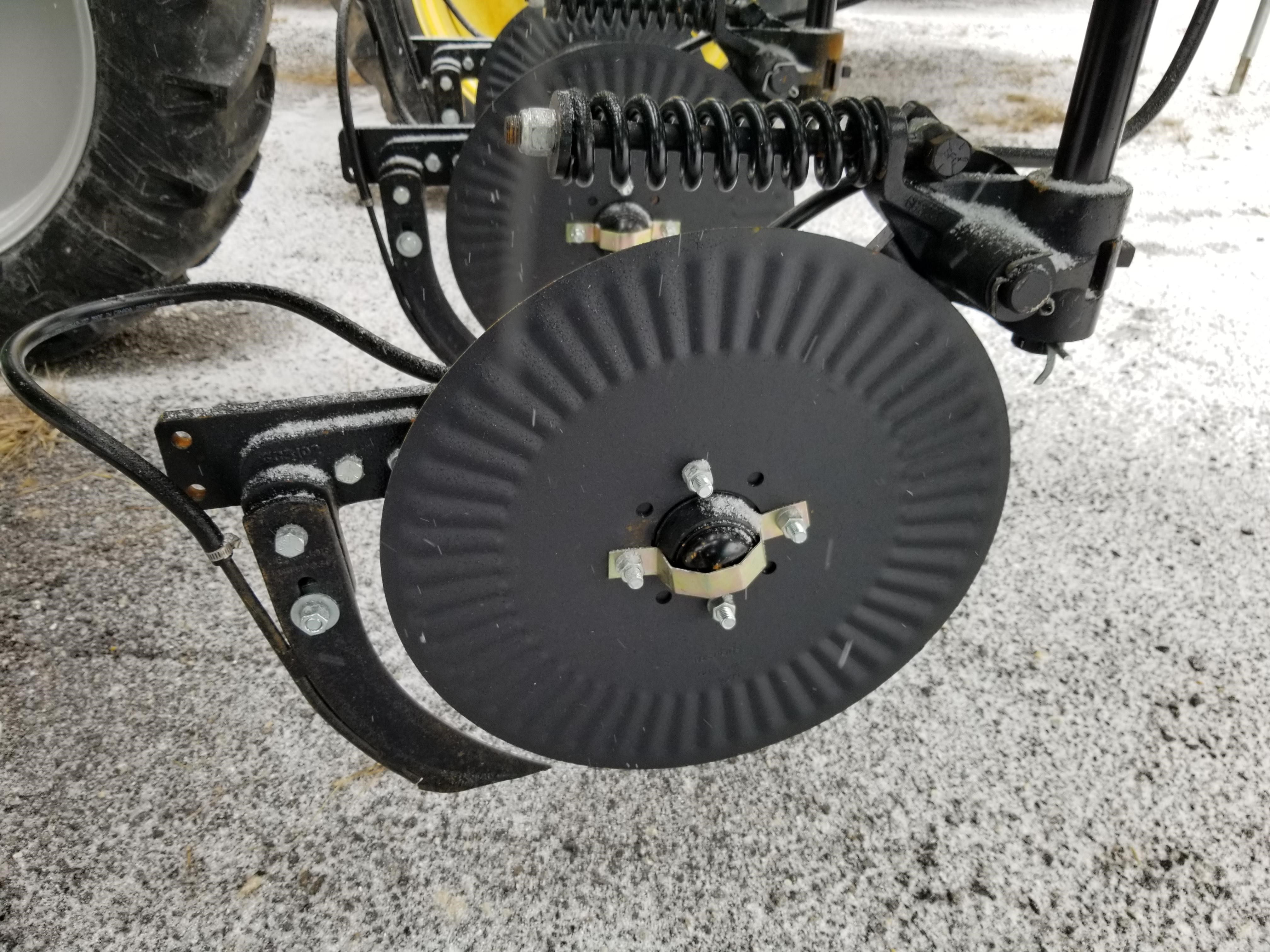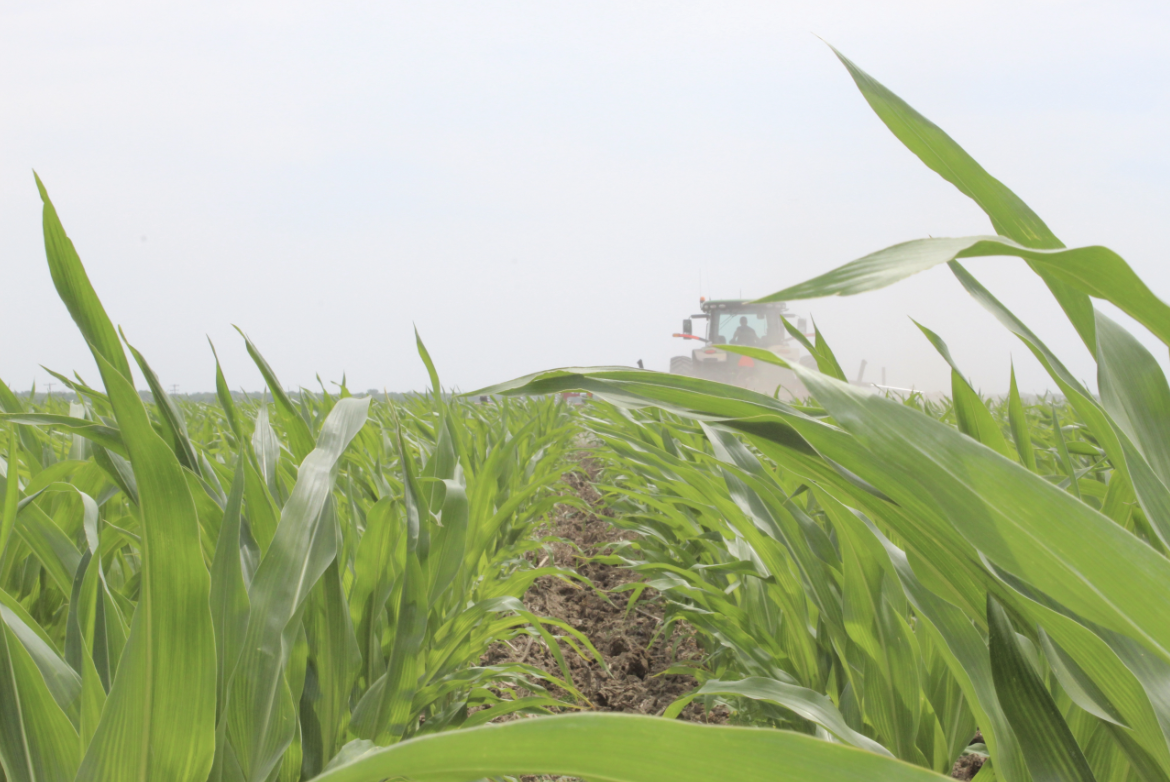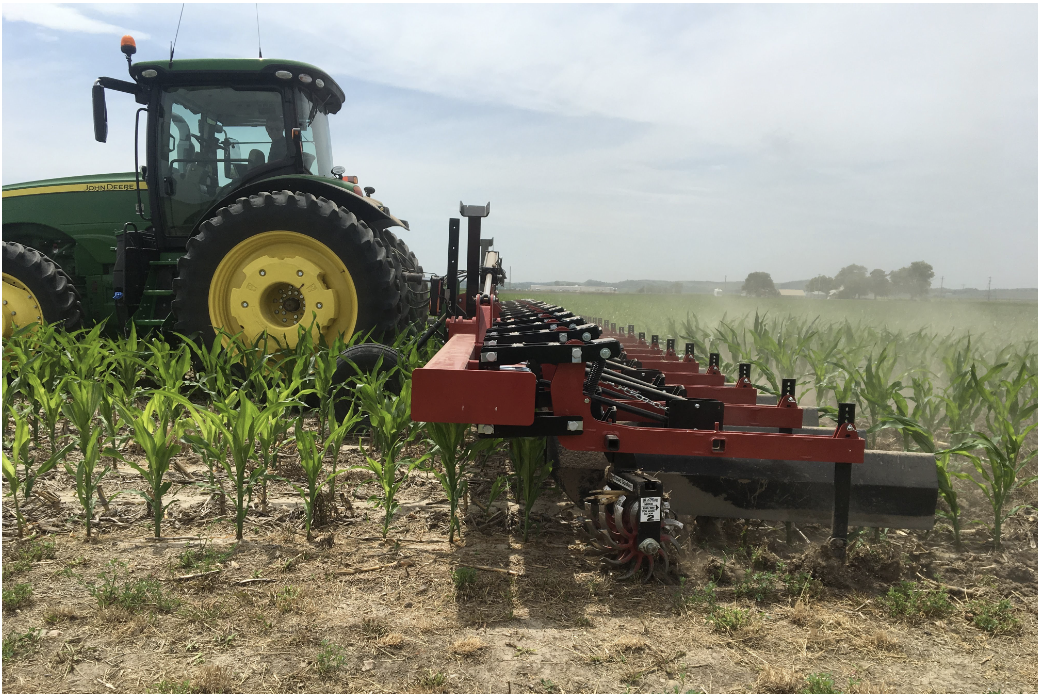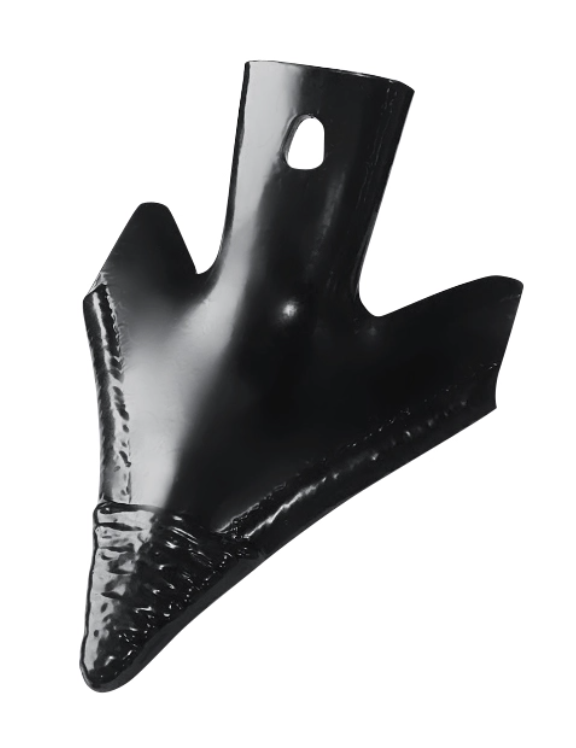In crop farming, there will always be the need for tillage in one form or another, and disc blades have long been regarded as the most efficient tool for the task – in fact the disc harrow as we know it today was first invented way back in the 1880s.
Rotating circular blades create less resistance when moving through rocky or heavy soils, which maximizes efficiency – and wherever there’s a rotating blade, you’ll usually find a bearing hub.
But what exactly are agricultural bearing hubs? What function do they perform? What should you look out for when choosing bearing hubs for your disc harrow or cultivator? Let’s take a look at some of the engineering behind agricultural bearing hubs, and how they can impact on machinery performance.
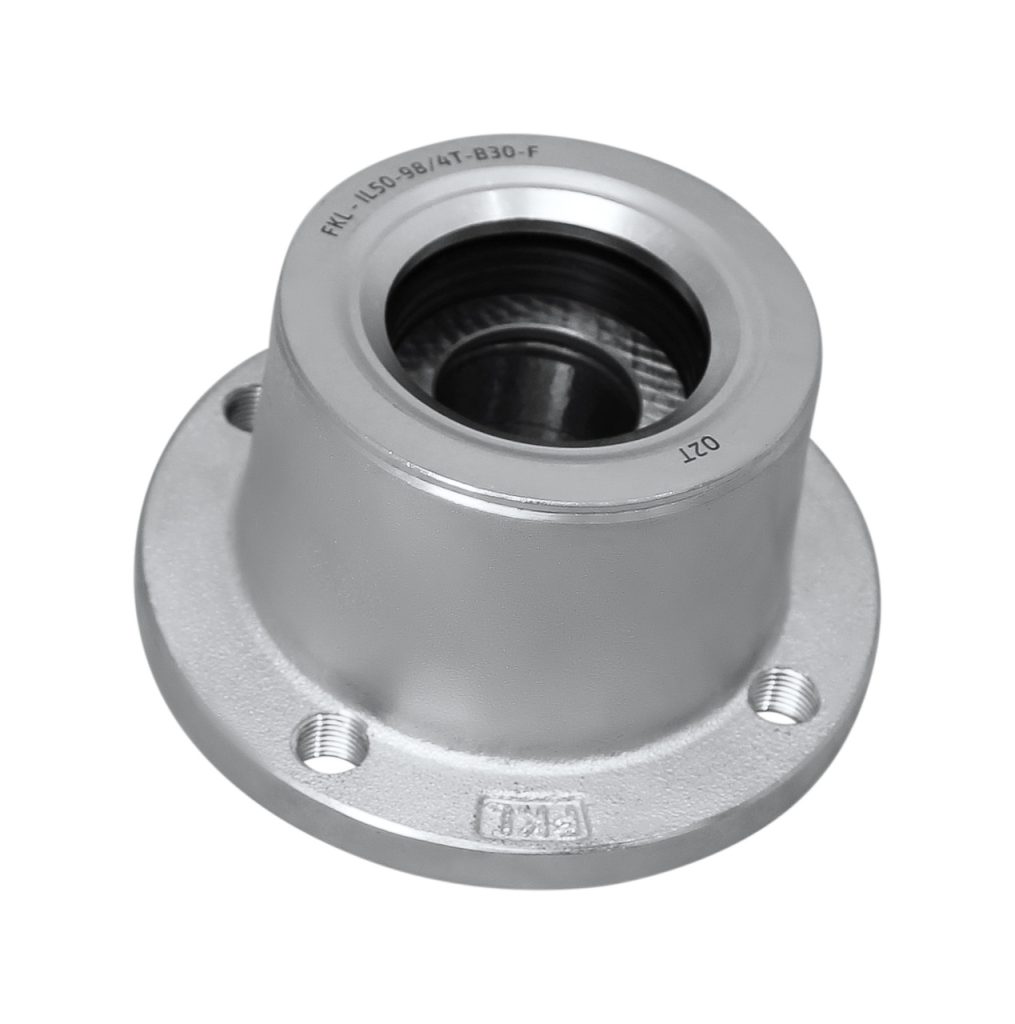
What is an agricultural bearing hub?
An agricultural hub or bearing hub is an assembly of parts that allows a rotating blade or other ground-engaging component to be attached individually to a machine such as a harrow.
Agricultural bearing hubs are made up of two main parts – a rolling bearing, and a bearing housing.
A rolling bearing is composed of two concentric, grooved metal rings called races. Within the groove between the two races is a series of ball bearings or rollers. The ball bearings allow the races to roll clockwise or counter-clockwise around each other with a minimal amount of friction.
Most bearings are mounted in a housing that enables them to be fitted onto a piece of machinery. There are lots of different types of bearing housing, for example pillow block bearings, flanged bearings, tapered bearings and more.
In an agri hub assembly, the bearing is housed in a circular hub with bolt holes that allow the complete assembly to be securely attached to the center of a disc blade for a high-speed disc harrow, a planter or other piece of machinery.
What do agricultural bearing hubs do?
As we’ve already explained, bearing hub units are used for any machine that has rotating blades mounted on individual shafts as opposed to ‘gangs’ of blades, which are mounted in groups on a shared axle.
Bearing hubs allow the moving parts to turn freely, reducing friction and minimizing wear on the parts themselves. They absorb the load of the machinery itself, and the drag as the blades move through the soil. This protects non-replaceable components from the long term effects of vibration, axial and radial forces, and even impacts with obstacles in the field, such as rocks.
Bearings also serve to distribute loads more evenly so that components like disc blades can achieve consistent contact with the soil, and wear down evenly. The result is that blades need replacing less often, and the overall lifespan of expensive machinery is extended.
Maintenance of agricultural bearing hubs
Maintaining your agricultural bearing hubs is important for overall machine performance.
Worn bearings can result in uneven blade-to-soil contact, which in turn affects soil aeration and seed germination. If your bearings are worn, your blades won’t turn freely, which increases drag – this results in more wear and tear on your disc harrow or planter, and will also increase your fuel costs.
Signs of worn bearing hubs include:
- A grinding noise when the blade turns
- Excessive vibrations when the machine is operating
- Heating up or discoloration of the bearing housing
- Oil or grease leaking from the housing
- Contaminants accumulating in the bearing housing
Key features of agricultural bearing hubs
In agricultural operations, bearing hubs have to withstand a unique set of challenges.
Bearing hubs that are not specifically designed for agricultural machinery are unlikely to deliver the durability required. This can result in frequent breakdowns and costly downtime for the farmer, as well as potential long-term damage to equipment.
Load capacity and speed
Agricultural bearings are exposed to extreme, often variable radial and axial loads.
This can be from the weight of the equipment, from collisions with rocks and debris in the field, from the force of the cutting blades, or from the gears of the machine itself.
These loads act on the bearing for long periods and across large areas, sometimes thousands of acres. If the bearings don’t perform consistently, the blades can’t do their job properly, resulting in inconsistent results.
Speed is an important consideration when choosing the right bearing hubs for your application. For example, a high-speed disc harrow will put a lot more strain on its bearings, compared to a lower speed machine.
Contamination resistance
Another key challenge for agricultural bearing hubs is contamination. Farm machinery operates in difficult conditions with a lot of contamination in the form of water, soil, seeds and even corrosive substances like pesticides and fertilizers.
If these contaminants are able to get inside the bearing hub, they can damage the smooth action of the bearing, or even cause it to seize up.
For this reason, agricultural bearing hubs should be designed with an effective system to seal the housing against contamination, keeping dirt out while sealing the lubricant in for long-term performance. As mentioned above, if you see grease leaking from your bearing housing, or if it’s gathering debris, it may be time to replace.
Ease of maintenance
That brings us to a final point – ease of maintenance. Most agricultural bearing hubs are designed to be maintenance-free. Because they are sealed to prevent contamination, you can’t normally lubricate them yourself – they should simply be replaced when they become worn.
Removing a bearing hub is a relatively simple task – simply loosen the bolts that attach the hub to the disc. If the bolts have seized over time, you may need to carefully grind them off.
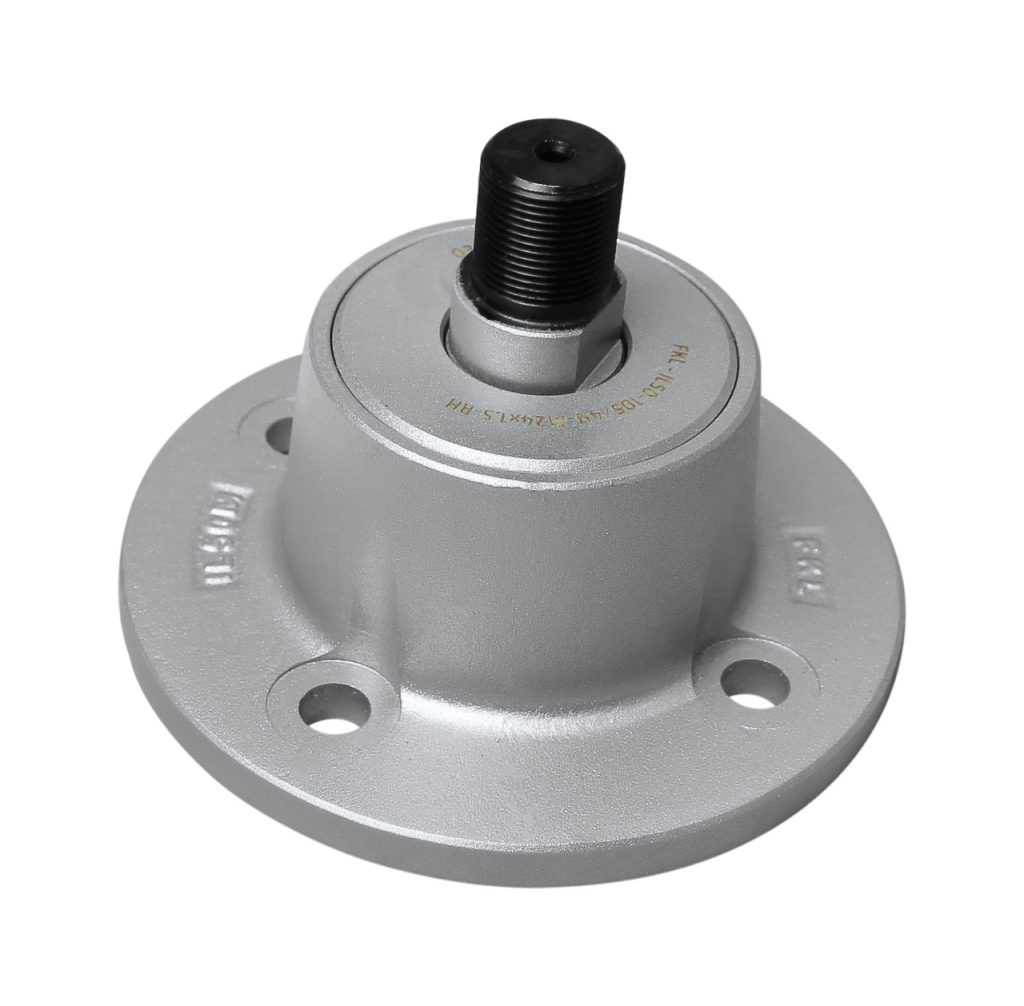
Wearparts bearing hubs
At Wearparts, we offer a range of agricultural bearing hubs to fit various brands of farm machinery. We’ve searched the globe for the finest engineering and most carefully considered hub designs, to ensure our customers get the efficient performance and long wear life they expect from Wearparts.
Our bearing hubs offer key features including induction hardened flanges and cast housings for enhanced durability. We’re also the exclusive distributor of FKL bearing hubs in the United States.
Based in Serbia, FKL has been manufacturing high-performance bearing hubs since the 1960s and has a specific product development program for agriculture. Their Agro Point hub assemblies offer best-in-class performance for farming operations, including their unique ‘dirtblock’ system for contamination.
FKL’s dirtblock seal is high-durability solution created for heavy-duty applications in harsh environmental and operating conditions. It ensures that grease is always in contact with the rolling element and bearing raceway, while also preventing mud penetration and dissipating the heat produced during operation.
Wearparts bearing hubs (including FKL hubs) come in various diameters, with 4 and 5-hole bolt patterns to fit a wide range of OEM branded machinery, including Degelman, Vaderstad, Horsch, Norwood, John Deere, Amazone, Kuhn, Poettinger, Lemken and more.
To find out more, get in touch – or click to find your nearest Wearparts dealer today.
